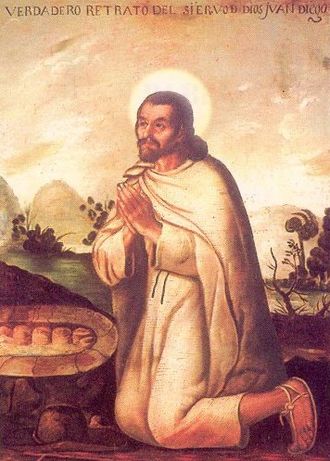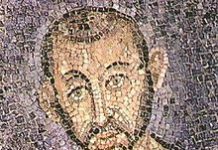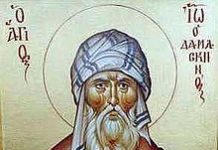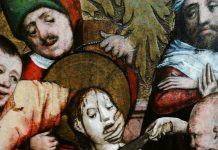(Juan Diego’s memorial is suppressed this year, at least here in Canada, since the Solemnity of the Immaculate Conception is moved to today. He wouldn’t mind at all, and would be happy to hide behind Our Lady’s mantle – or tilma – as the reader may discover…)
Amare nesciri – ‘love to be unknown’ – exhorted Saint Philip Neri (+1595), founder of the Oratorians, who himself was an unknown teenager in Florence as a tutor, living in a loft, in the early 16th century. At the same time, thousands of miles across the ocean in the mountainous region outside of what is now Mexico city, on a cold December morning, the middle-aged Saint Juan Diego was granted the rare privilege of seeing the Virgin Mother of God.
Juan Cuauhtlatoatzin – he adopted the name Diego after he and his wife converted from paganism, and baptized as adult converts into the Catholic Church in 1524 – was a humble peasant who lived a quiet life, who ‘loved being unknown’, attending Mass, devoted to prayer and whatever good works needed doing. His wife, Maria Lucia, died two years after their conversion, with Juan continuing to live more or less as a hidden hermit.
He achieved unsought fame five years later, when he met a mysterious lady on the side of a mountain, who requested Juan to ask the bishop to build a chapel on the remote spot.
We know the story, which we will recount more fully on the twelfth of this month: Juan was nonplussed, and wondered what the woman could mean. After trying to avoid her on his next trip – rushing to get help for his sick uncle – the Lady intercepted him. She said not to worry about his uncle (who was miraculously healed).
Juan finally acceded, asking for a sign. Hence, the beautiful roses – apparently impossible in winter – gathered into his tilma, spilled out before the bishop and the miraculous image, which defies description.
The chapel was built, a small one at first, to house the image of the Lady, and Juan slipped back into obscurity, caring for the shrine which was built on the site of the apparitions. But Juan soon became renowned for his humility, holiness, devotion to prayer and to the Virgin Mother, and this reputation continued to grow after his death in 1548, throughout Mexico and beyond. Some doubted, and resisted the call for his canonization, but at the dawn of the new millennium, Pope John Paul II canonized Juan Diego in the very basilica dedicated to the Virgin of Guadalupe, on July 31, 2002, saying, in part:
The church was built in honour of the Queen of Heaven. Juan Diego, moved by piety, left everything and dedicated his life to looking after this tiny hermitage and to welcoming pilgrims. He trod the way to sanctity through love and prayer, drawing strength from the eucharistic banquet of our Redeemer, from devotion to his most holy Mother, from communion with the holy Church and obedience to her pastors. Everyone who met him was overwhelmed by his virtues, especially his faith, love, humility, and other-worldliness.
Peruse the Pope’s decree in today’s Office of Readings.
Our Lady of Guadalupe brought millions of souls into the Church, sort of a balance, as some Church historians say, of the millions who were leaving in the Protestant ‘reformation’. Luther had pinned his 95 ‘theses’ to the church door at Wittenberg in October 1517, beginning a revolt against the Church, which by 1531 was in full swing across Europe. Henry VIII and many other kings and potentates attempted to dismantle the very Church of God, or so they thought. At least as many souls entered the Church in the new world of the Americas as left her in the old world of Europe. God always knows how to balance things out, just right and just so, but that will only be revealed at the end of time, as Pope Benedict XVI so eruditely explained in his beautiful encyclical Spe Salvi. A beneficial read during Advent, the season of hope and expectation.
San Juan Diego, ruega por nosotros!











